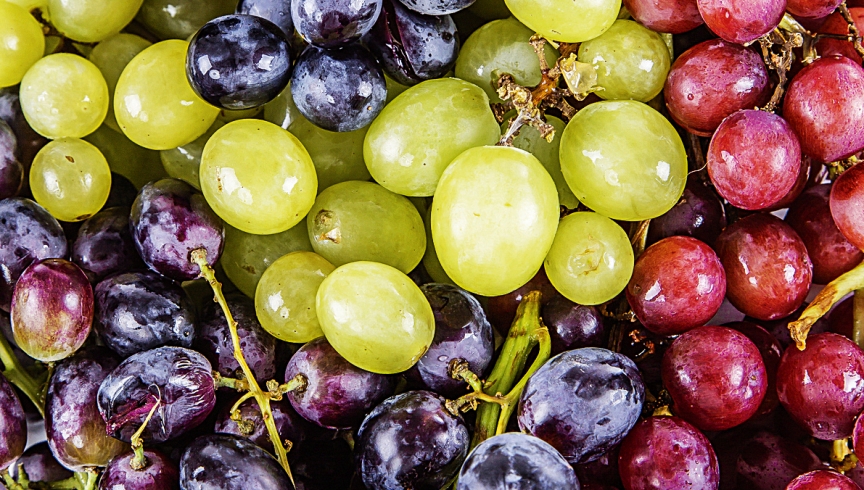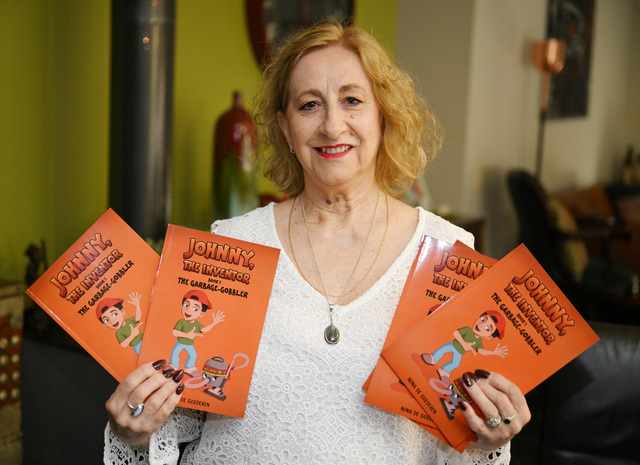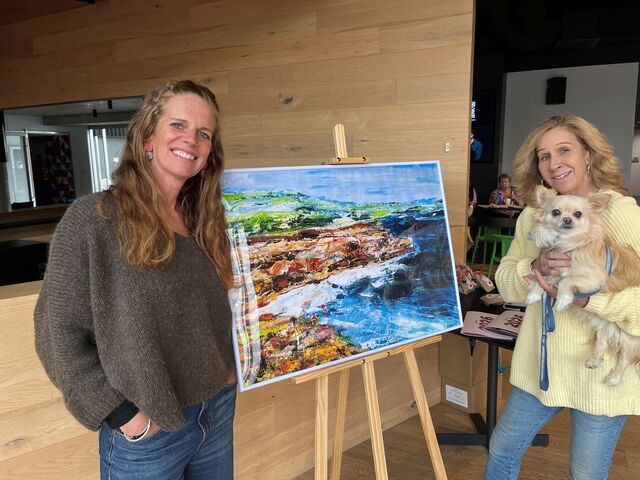Bordeaux, Champagne, Rioja and Châteauneuf-du-Pape. The wines from these revered European regions have one thing in common – they’re made from a blend of grapes.
Thousands of years of experience has taught winemakers in these regions, and others, that their best wines are made from a combination of grapes.
At the most basic level, the wines of Bordeaux are a blend of cabernet sauvignon and merlot, with merlot sweetening up the hole left on the palate by the austere cab sav grape. It’s often said the merlot acts like the jam in a doughnut to produce a more even wine.
Australia has replicated these tried-and-true blends with great effect, but our drinking habits are heavily skewed towards wines made from single varieties. We’re such a young wine country – in the vineyard and in terms of our drinking habits – that single varieties are easy to identify with.
Shelmerdine Wines proprietor and former Wine Australia director Stephen Shelmerdine believes that blends might, ultimately, turn out to be Australia’s best wines. But he says it’s a long-term proposition.
“That’s an interesting way Australia could go, but gee, it’s going to take a while before [winemakers] are going to have the confidence to do that – we’re still trying to get people to understand wines such as vermentino and nero d’avola and sangiovese,” Shelmerdine says.
“Forty years ago, at the outset of the modern Australian wine industry, all winemakers would talk about were varieties and climate.
“They thought they were the two determining things and technology in the winery would make any adjustments for climate. There was virtually no discussion about soil and there was a counter-blends movement. The only way people thought a modern industry could succeed commercially would be to talk about varieties. And that’s where the new world game – in California, Australia, even Chile – was entirely played out on the proposition of single-varietal wines.
“Describing wines as burgundy-style or claret-style was dismissed as old-fashioned nonsense.”
One wine style that Australia has introduced to the wine world is the cabernet-shiraz blend. Yalumba has been blending the two grapes in their flagship wine, The Signature, for more than 50 years. Maybe it’s time we mixed things up again.
Blended wines
If a single variety of wine from a single vineyard is considered a wine of pedigree, then the field blend is the mongrel of the wine world.
Once commonplace in Europe, and now a dying trend, the field blend is where multiple grape varieties that are planted in the same vineyard are harvested and fermented together.
We’re not talking about a field of shiraz and riesling planted together but often a suite of complementary grapes, perhaps aromatics such as riesling, pinot gris and gewürtztraminer or the earthy triumvirate of grenache, shiraz and mourvèdre.
Some winemakers swear that the best way to reflect a vineyard’s terroir – the combination of soil, climate and winemaker influence – is to plant a range of grapes they feel are best suited to the site and vinify them together.
Other winemakers will argue that, because grapes ripen at different times, it makes more sense to harvest and ferment the grapes separately before blending them.
They feel they can get better control over the finished wine.
Neither is right or wrong but, for me, it’s this diversity that makes wine so interesting.
Follow Ben @senorthomas







